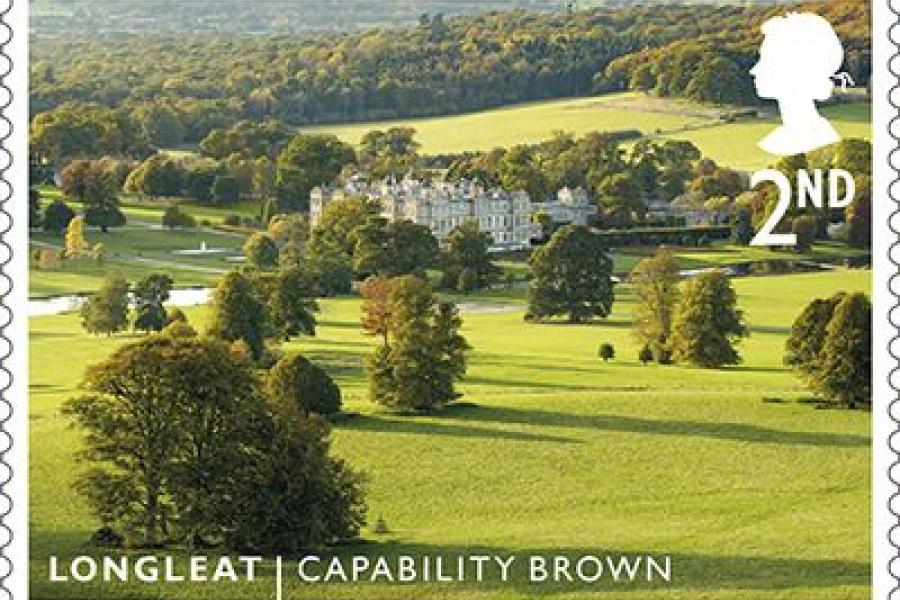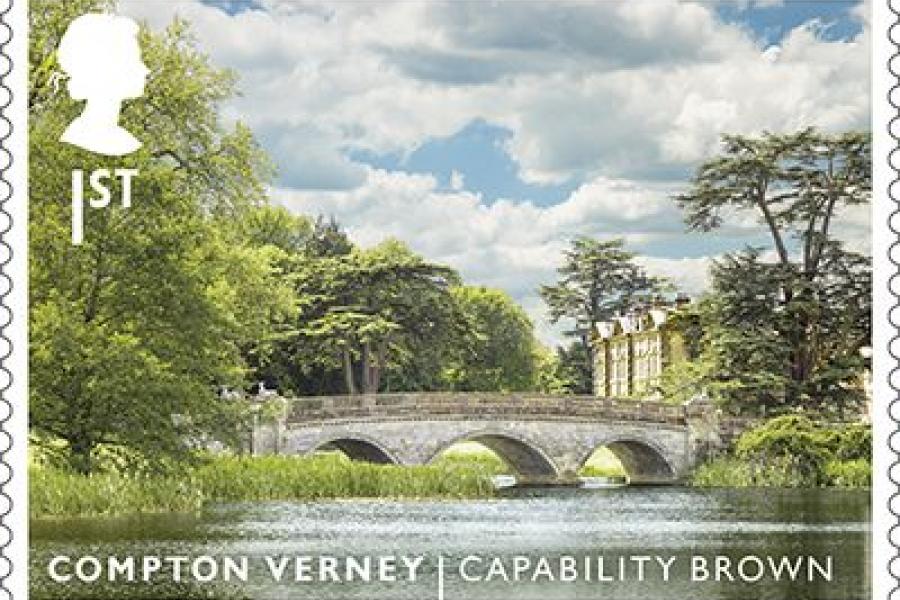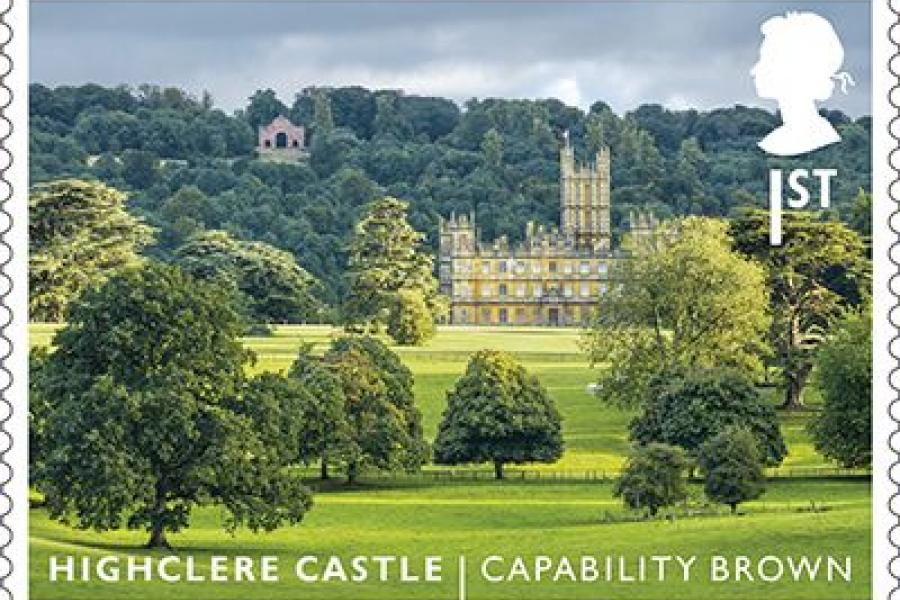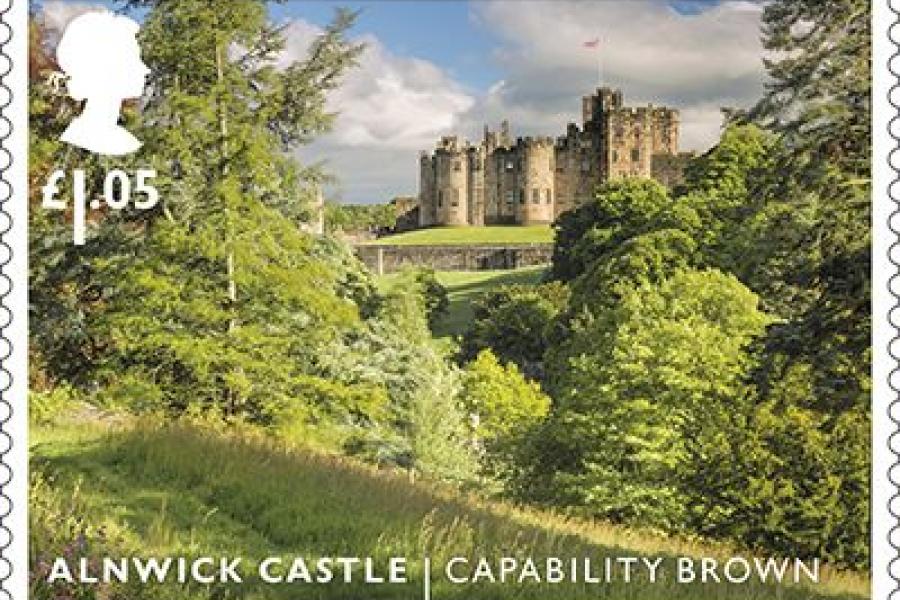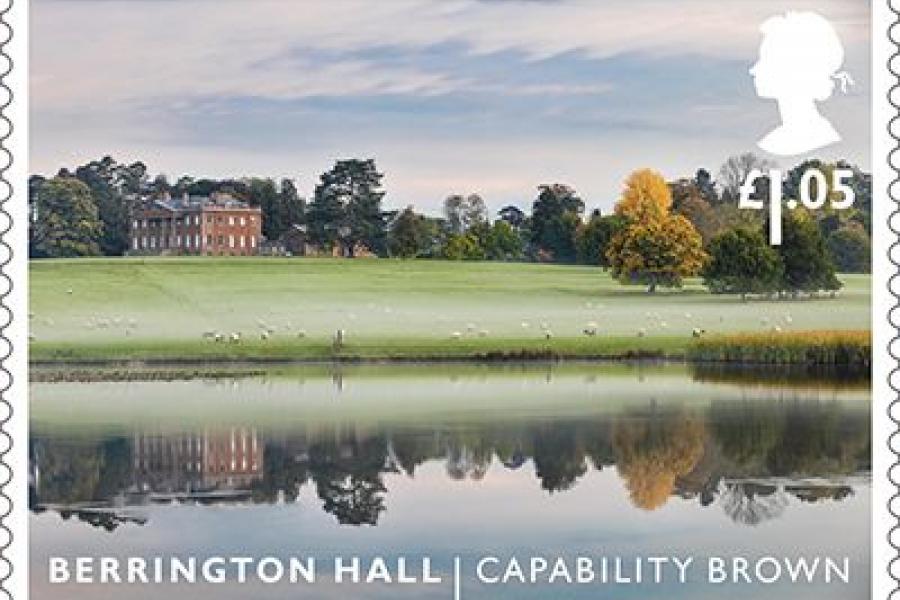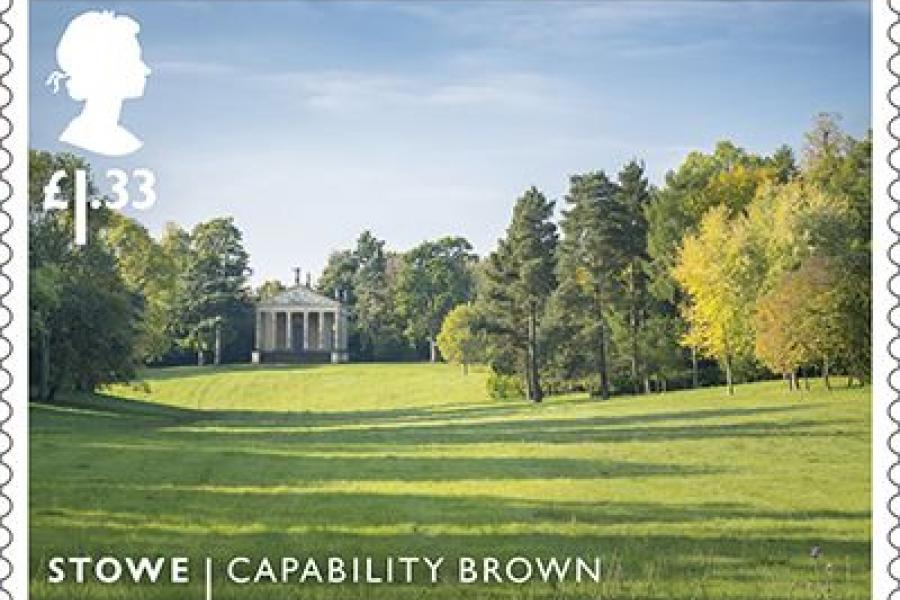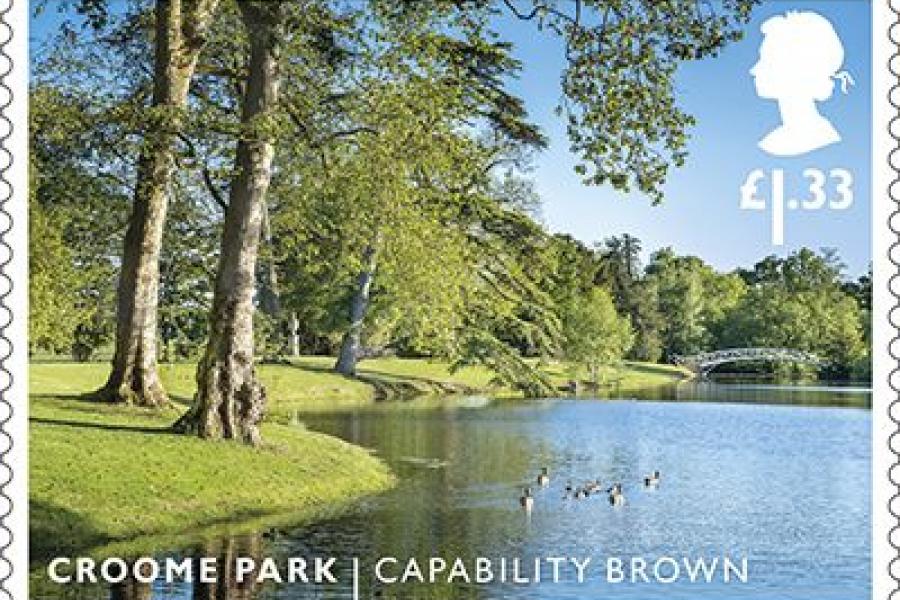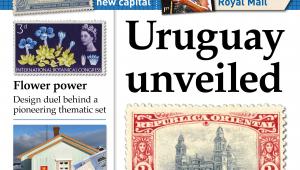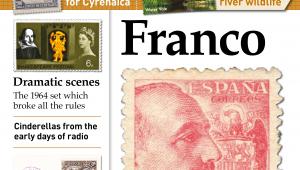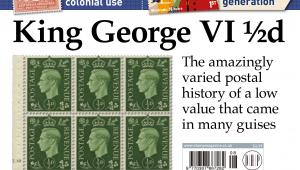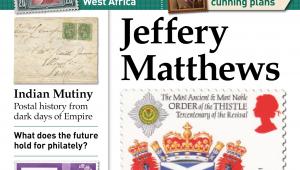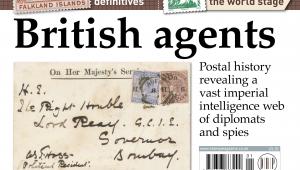Landscape Gardens
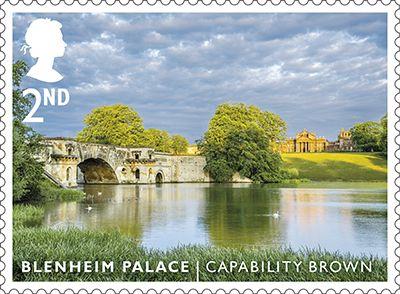
The Landscape Gardens set, to be issued by Royal Mail on August 16, marks the 300th anniversary of the birth of Lancelot ‘Capability’ Brown (c1716-1783), who is renowned as ‘England’s greatest gardener’, or more properly Britain’s greatest landscape architect.
In designing more than 170 parks and gardens (and in some cases houses), Brown changed the face of 18th-century England, establishing a new breed of country estate which was ‘naturalistic’, carefully landscaped without being formally patterned.
He not only planted shrubs and trees but also moved hills, and dammed rivers to fabricate lakes in strategic places. With his trademark undulating lawns, clumps of trees, serpentine streams and sweeping views, he fashioned not only gardens but entire vistas.
Legend has it that he acquired his nickname because he had a habit of telling his wealthy clients that their property had ‘capability’ for improvement.
As a landscape artist working with an immense canvas, it has been said that the scenes Brown created are as deeply embedded in the English character as the paintings of J M W Turner and the poetry of William Wordsworth.
The stamps showcase eight of the best-loved examples of his work, from photographs. Designed by Robert Maude and Sarah Davies, they are printed in litho, in sheets comprising se-tenent pairs, by International Security Printers.
2nd class Blenheim Palace
The gardens of the stately home of the Dukes of Marlborough in Oxfordshire were improved by turning part of the River Glyme into a huge lake, submerging the lower elements of the architect Sir John Vanbrugh’s incongruously large bridge.
2nd class Longleat
Brown dismantled the formal garden of the seat of the Marquesses of Bath in Wiltshire and created a landscaped parkland, re-engineering the existing watercourses into a mile-long series of lakes.
1st class Compton Verney
Working alongside the architect Robert Adam at this country mansion in Warwickshire, Brown remodelled a mixture of formal avenues and pools into a parkscape of grassland and oak and cedar trees, with a single large lake.
1st class Highclere Castle
The sweeping parkland around the seat of the Earl of Carnarvon in Hampshire is typical of Brown’s work, in that a marsh was turned into an attractive lake, valleys were filled in and a new hill built up to improve its setting.
£1.05 Alnwick Castle
In Northumberland, Brown transformed a rugged river and a patchwork of fields into a pastoral idyll to complement the remodelling of the Dukes of Northumberland’s ancient castle into a Gothic palace.
£1.05 Berrington Hall
Brown’s final landscape design, around a newly constructed country house in Herefordshire, includes open grassland sweeping down towards a big lake and island created from a tributary of the River Lugg.
£1.33 Stowe
This country house in Buckinghamshire (now an independent school), was where Brown learned his trade as head gardener. His major contribution was turning rough farmland into the tree-rimmed Grecian Valley.
£1.33 Croome Park
In the early stages of his freelance career, Brown designed both the Worcestershire mansion and its park setting for the Earl of Coventry, draining marshland to create an ornamental lake and adding a Gothic church and other follies.
OTHER PRODUCTS
Written by Dr Laura Mayer, the author of books on Capability Brown and English historic gardens, the presentation pack gives an overview of Brown’s life, times and achievements.
Stamp cards and first day covers are available as usual.
PRICES
Set of 8 stamps £7.14
Presentation pack £7.65
Stamp cards £3.50
First day cover £8.99
VERDICT
COMMEMORATIVE WORTH 4/5
England is known for its gardens, and this is a major anniversary of the man who created some of the most popular
QUALITY OF DESIGN 2/5
The attractiveness of the stamps lies in a combination of landscaping and photography
WOW FACTOR 3/5
Few other countries could rival this gallery of verdant tranquillity

